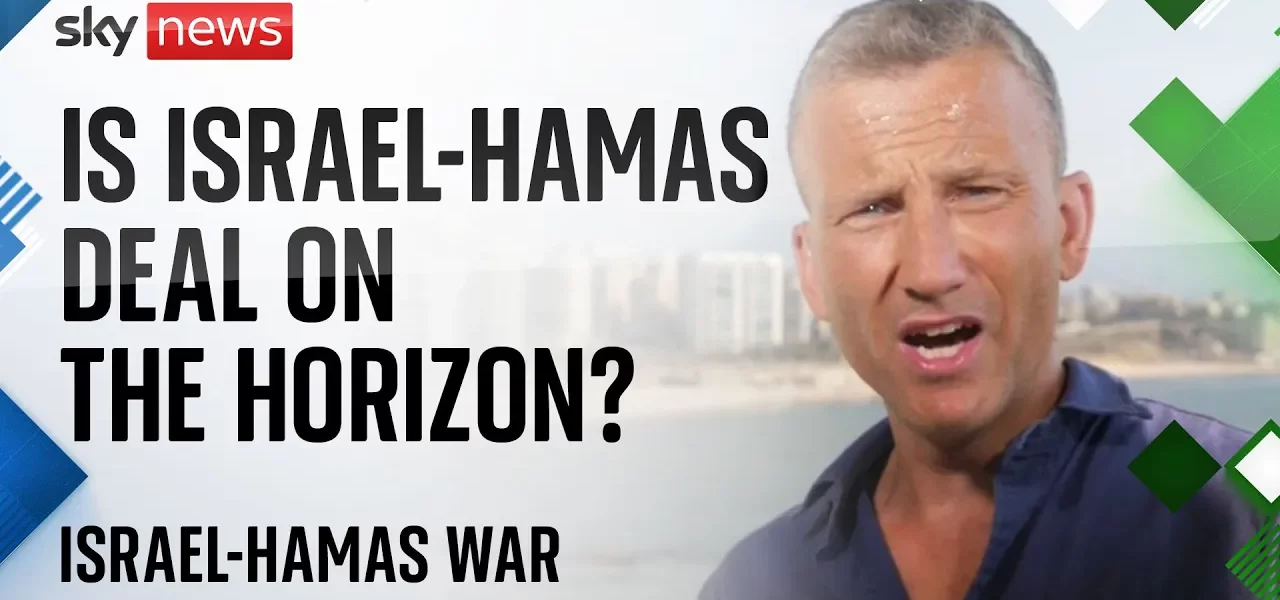Israeli Airstrike in Gaza: Casualties and Ceasefire Negotiations

This article delves into the recent Israeli airstrike in Gaza, which resulted in significant casualties, and examines the ongoing ceasefire negotiations that seek to reduce tensions in the region. The situation remains precarious as both sides grapple with complex issues that could lead to broader regional implications.
Introduction
The ongoing conflict between Israel and Hamas has once again escalated, with a recent airstrike in Gaza claiming the lives of at least ten Palestinians, including families seeking shelter in a school. This tragic event has reignited discussions surrounding the humanitarian crisis in the region and the efforts to negotiate a ceasefire. The complexities of the situation are heightened by the involvement of international mediators and the potential for broader regional conflict.
The Israeli Airstrike: Details and Aftermath
On the morning of the airstrike, Israeli forces targeted a school in Gaza City, which they claimed was being used as a base for Hamas militants. According to the Israel Defense Forces (IDF), the airstrike was a precise operation aimed at a Hamas command and control center embedded within the Mustafa Kaft School Compound. The IDF emphasized that numerous precautions were taken to minimize civilian casualties, including the use of advanced munitions and extensive surveillance.
Casualties and Local Response
Local authorities in Gaza reported that among the ten individuals killed, many were families sheltering from the conflict. The Hamas-run civil defense authorities condemned the strike, asserting that Hamas was not using the school for military purposes. This discrepancy in narratives highlights the ongoing propaganda battles between the two sides.
International Reaction
- Human rights organizations have condemned the strike, calling for accountability and urging both sides to prioritize civilian safety.
- International leaders are expressing concern over the humanitarian crisis unfolding in Gaza, urging for immediate ceasefire negotiations.
Ceasefire Negotiations: Current State and Challenges
As the conflict escalates, international efforts to broker a ceasefire are intensifying. Secretary of State Antony Blinken has been actively engaged in discussions in Cairo with Egyptian President Abdel Fattah el-Sisi and Israeli Prime Minister Benjamin Netanyahu. Despite these diplomatic efforts, skepticism remains among Israeli and Hamas officials regarding the potential for a breakthrough.
Key Issues in Negotiations
- Military Presence: One of the main sticking points is Prime Minister Netanyahu’s insistence that Israeli troops maintain a presence along the corridor between Gaza and Egypt. Hamas has stated that any deal must include a complete withdrawal of Israeli forces.
- Humanitarian Access: Ensuring that humanitarian aid can reach affected populations in Gaza is a critical issue that negotiators are trying to address.
- Political Dynamics: The internal politics of both Hamas and the Israeli government are influencing the negotiations, with leaders facing pressure from hardline factions within their respective groups.
Prospects for Progress
While officials are attempting to present an optimistic front regarding the ceasefire talks, there are significant doubts about whether substantial progress can be made. The potential for a wider regional escalation remains a looming threat, particularly with Iranian and Hezbollah involvement in the conflict.
Conclusion
The recent Israeli airstrike in Gaza has once again highlighted the urgent need for a resolution to the ongoing conflict. As ceasefire negotiations continue, the stakes are high, with the potential for a broader regional conflict lurking in the background. It is crucial for international stakeholders to engage constructively, aiming to bridge the gaps between the opposing parties. Continued dialogue and a commitment to prioritizing humanitarian needs are essential in moving towards a lasting peace in the region.
For further updates on the situation in Gaza and comprehensive analyses of the conflict, please explore our related articles on Middle East Politics and Humanitarian Crisis in Gaza.
“`




